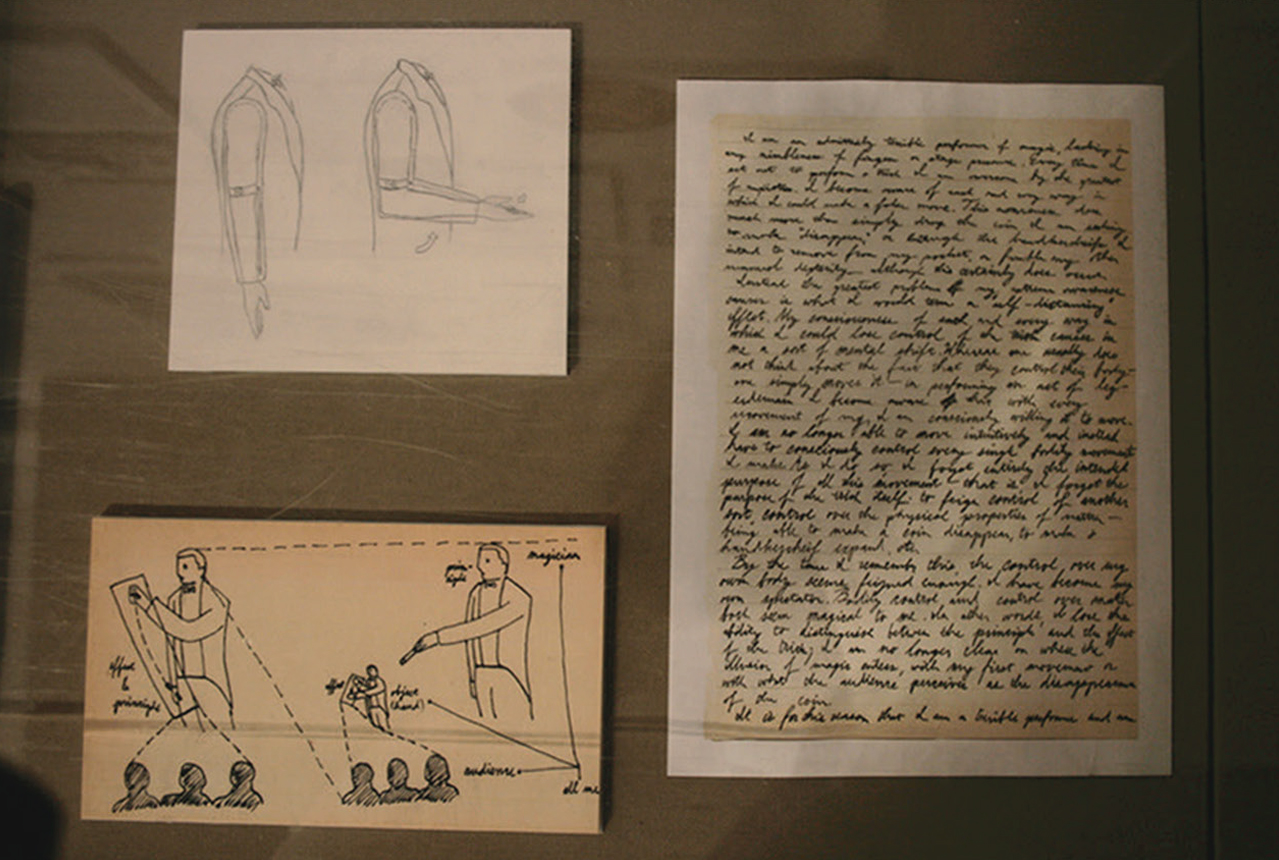.
Edmund Leo Petrie and his Contemporaries
As any glance at the criss-crossing wires and mysterious metal globules of an electric substation will tell you, the electrical grid has reached a level of complexity that far exceeds the conceptual abilities of a single individual. But in the early days of the twentieth century, when its steel structures and braids of wires had yet to extend in all directions, it was still possible to believe that the grid could be understood and mastered by a single mind. That such a task was undertaken by a magician—a profession that requires the belief that the intransigent material world can be bent to one’s will—perhaps should not be a surprise.The magician in question was one A.C. Gilbert, a New Haven resident and Yale graduate whose efforts to master electricity began when, on the way to New York City to sell a line of magic-trick kits he had designed, he noticed a series of steel structures being erected around his train. The New Haven-New York line was transitioning from steam to electric power, and these steel girders held the wires through which the current was to reach the train. Inspiration struck: rather than designing kits for the mastery of illusions, Gilbert would instead create toys for the mastery of this emerging infrastructure. Specifically, he designed the Erector Set, a construction toy that contained all the components of the catenary lines in miniature: miniature steel girders, miniature nuts, miniature bolts, and even a miniature electric motor. In playing with the Erector Set’s model trusses and motors, Gilbert believed, a young boy would come to learn the princi- ples of his new electromechanical world and consequently grow up to be a productive contributor to his society.
Gilbert would go on to produce numerous other toys in the Erector Set vein, namely a series of engineering kits through which the child could learn (again in miniature) the new technologies of his age, everything from signal engineering to metal casting. It was a vision of the world as con- tained and knowable: the increasingly complex professions of modern society could be reduced to kit-form, studied in childhood, and then prac- ticed in actuality upon adulthood.
The exhibition Edmund Leo Petrie and his Contemporaries explores what insecurities and doubts might be repressed by Gilbert’s confident vision of technological mastery. Through a museum display and documentary video the life of the fictional Edmund Leo Petrie is juxtaposed against the real-life Gilbert. A fellow New Haven magic kit and toy designer, Petrie never made the jump from magic and childhood games to productive, all-knowing adulthood. If Gilbert was a man of the world, leading a suc- cessful toy manufacturing empire, Petrie was a man of the fantasy realm, living out his days in his childhood home, designing ever more bizarre constructions in his attic workshop. In the light of today’s world, rendered ruinous and chaotic by the ravages of industry, might Gilbert’s vision of mastery be the true fantasy?
Exhibition



